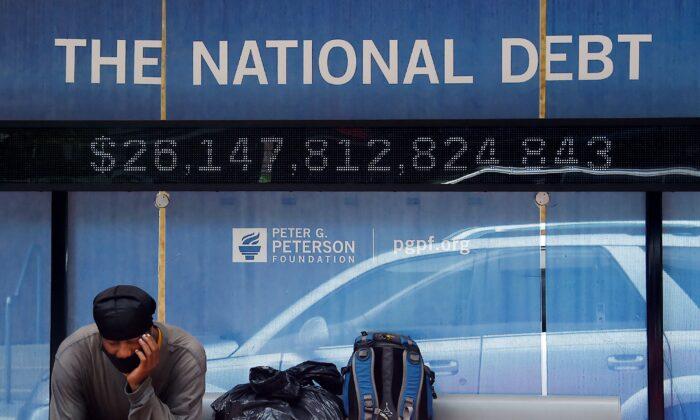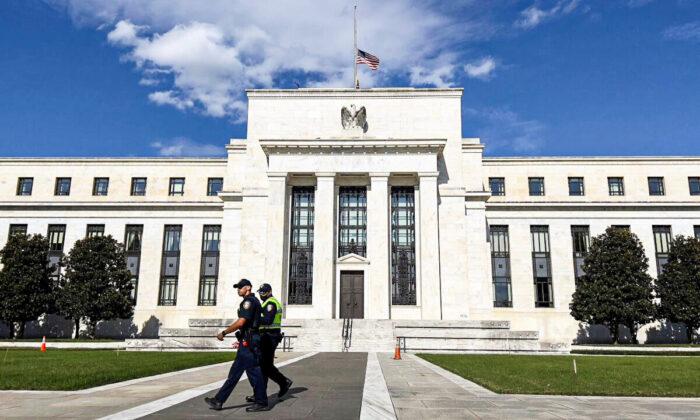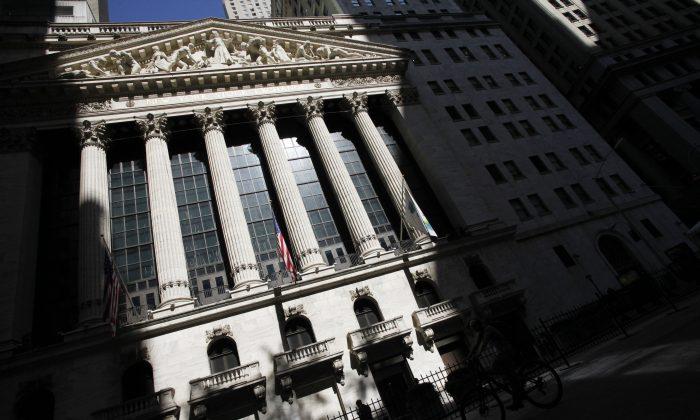Well that didn’t take long.
Back in November 2021, as the national public debt was hovering around its hard limit of $28.5 trillion, Treasury Secretary (and former Fed Chair) Janet Yellen took Congress to Defcon 1:
“While I have a high degree of confidence that Treasury will be able to finance the U.S. government through December 15 and complete the Highway Trust Fund investment, there are scenarios in which Treasury would be left with insufficient remaining resources to continue to finance the operations of the U.S. government beyond this date.”
The United States government would not be able to pay its bills.
Dutifully, congressional leaders cut a deal to raise the debt ceiling another $2.5 trillion to roughly $31 trillion.
On Feb. 1, the national debt officially crashed through the $30 trillion glass ceiling. Professional politicians, like Mitch McConnell, issued strongly worded letters before the Senate blaming Democrats for the additional baggage.
Draining the Life Blood of an Economy
The disaster this government has perpetrated on the American people is now unprecedented.In a matter of months, the debt has increased another half trillion dollars. And the ramp up is only going to accelerate from here. There is no reverse gear in this economic transmission.
Think of it like this: Borrowing is a mortgage against future earnings. There is a thing called “real value.” You go to work. You build cars. You fix plumbing. You create a better mousetrap. Whatever.
You produce value. That value is real wealth.
You can then exchange that value for some other value—food, shelter—the usual stuff. (Side note: To simplify this exchange of value, history has developed a mechanism called currency.) But here’s the thing:
If your personal store of wealth isn’t enough to pay for the goods and services (others’ value) you need, then you have to borrow to make up the difference. And that difference becomes a tax on the future value you haven’t created yet.
When you have $70,000 in debt and only $50,000 in income, you generate no wealth. And, as my dad used to say, you have to run to stay even—in other words you suffer.
GDP Is a Fraudulent Number
By doing what it’s done the past half century, the government has essentially borrowed against future earnings and negated the entire GDP of our country.In January, the Bureau of Economic Analysis reported that the American economy had expanded by 6.9 percent in the fourth quarter of 2021. For the record, it was the “advance” calculation and is subject to two more revisions.
But you can throw that report out the window. The country’s GDP is actually negative because our expenditures are more than the value we created. We’ll be working to create value to pay off that debt for decades to come.
This kind of situation makes it more than challenging for investors—when your money is chasing inflation. A defensive strategy as the debt piles up and the dollar continues to dwindle in value would be to look more toward value stocks. Cyclical stocks, like those in the consumer discretionary sector, should perform well too.






Friends Read Free